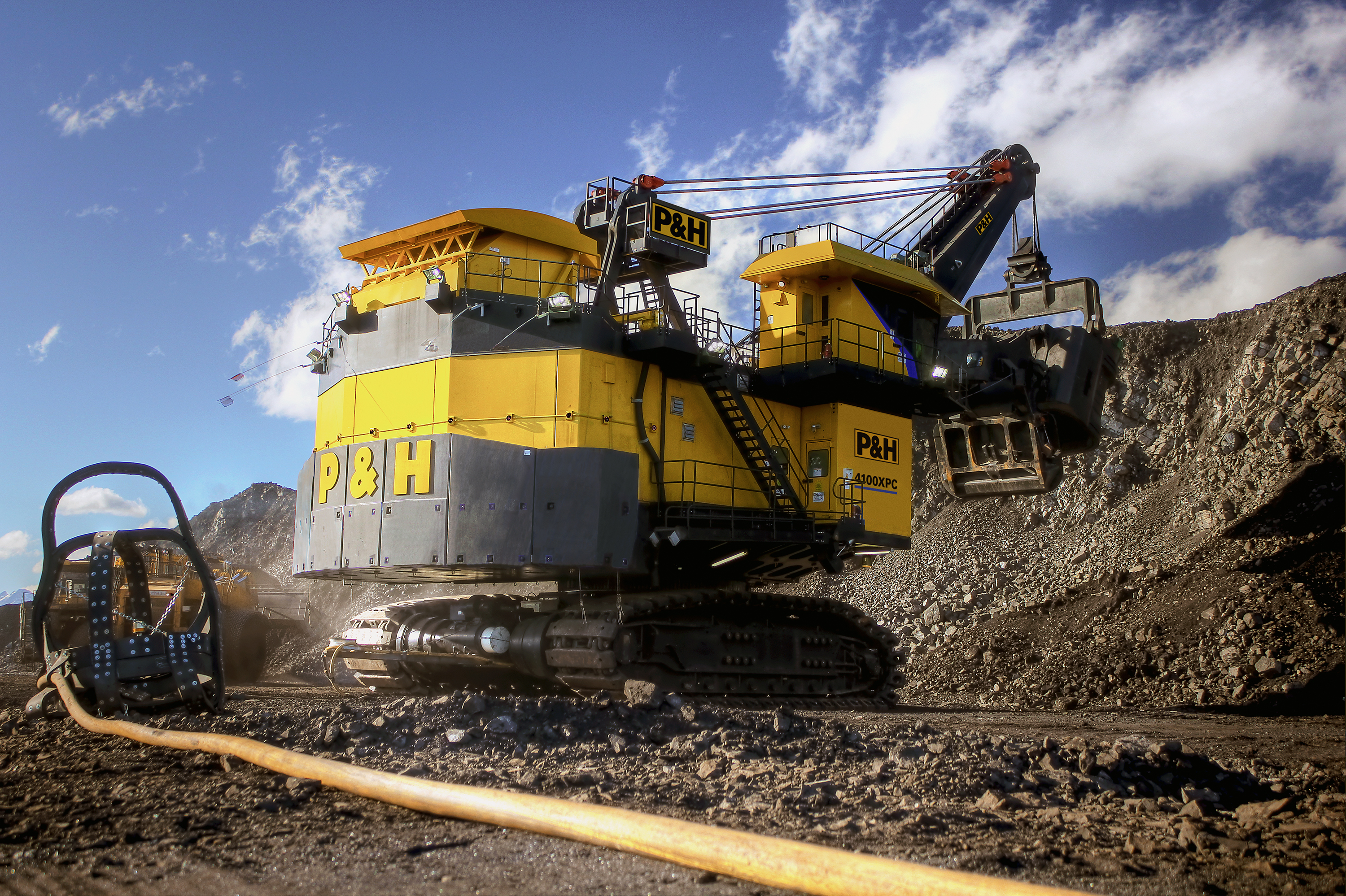1 min read
Moving more for less

Moving more for less
- Overview
- Opportunity
- Solution
- Results
Select continent
Adding to the complexity was the project budget: $0. Additional complications arose after RTCA’s maintenance team partnered with Komatsu personnel on an extensive review of performance, reliability and machine configuration parameters.
During the review process, team members identified several areas for improvement, including hoist motors over temperature, dipper trips, high voltage supply interruptions and air and grease system audits. Improvements in those key areas resulted in an increased mean time between failures of 31 percent.
The review also determined that the machine was operating within specifications and, contrary to original thoughts, was performing at a high operational level. Efforts then focused on operational constraints.
RTCA and Komatsu conducted workshops with a wide range of mine employees to look at factors impacting performance. Using internal data and prompts, shovel and truck operators were able to identify patterns in the daily mining process and trends impacting production, including crib breaks, swapping truck operators and the first and last loads of the shifts. After validating the workshop outcomes, it became clear the shovel was experiencing unexpected periods of time when no trucks were available to be loaded, also known as “hang time.”
Existing systems and data at the mine were not providing enough information for the team to determine when and why these events were occurring, allowing no path for improvement.
The Komatsu and RTCA teams shifted their focus to hang time, using Komatsu Smart Solutions tools — including PreVail remote health monitoring — to pinpoint consistent times during the shift where hang time occurred. The teams then cross-referenced these times with truck fleet delay data. They also expanded their focus to include two other 4100-series shovels at the site.
Ultimately, this led to a new process of swapping truck operators at crib time to significantly reduce wait on truck times at the shovels. Working with Fleet Management System personnel to allocate trucks to higher-priority machines then reduced delays caused by a shortage of trucks.
As a result of the partnership with Komatsu, RTCA was able overhaul performance on not one, but three shovels at the mine. The solution was enhanced by mine site employees’ desire to improve and their willingness to embrace the companies’ partnership.
To date, the original project shovel has achieved an annualized increase of 2.7 million metric tons of material movement while maintaining the $0 project budget. Total project value among the three shovels is now a site estimate of more than AU$9 million (US$6.52 million).